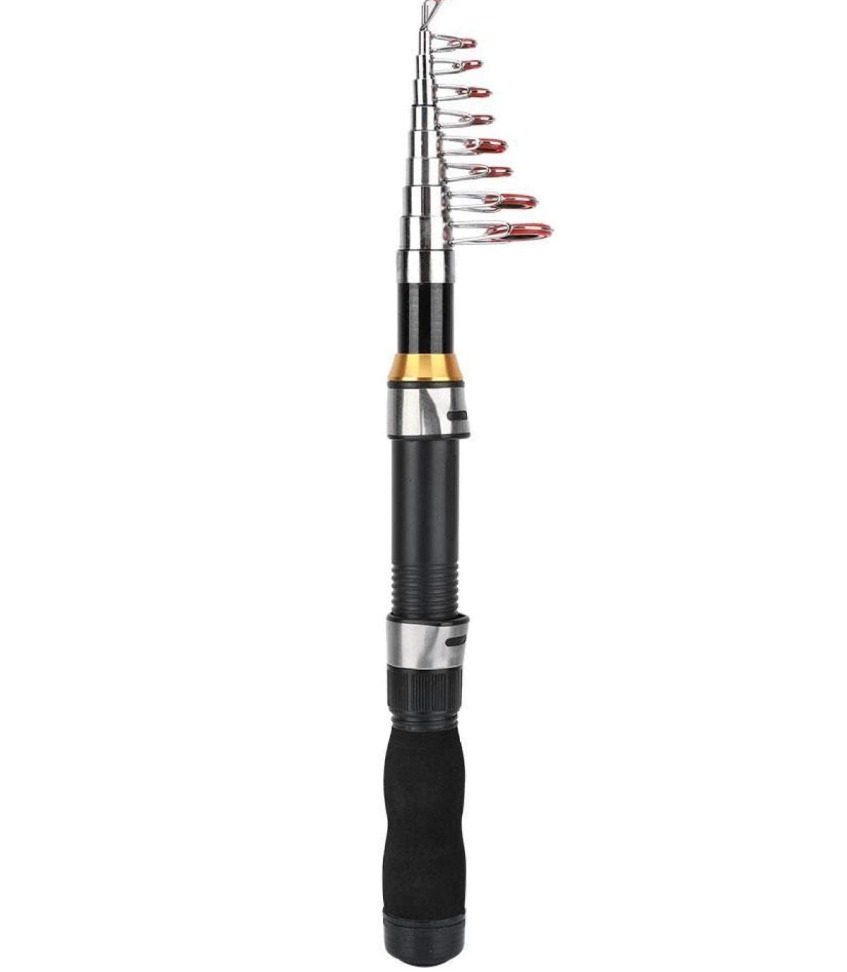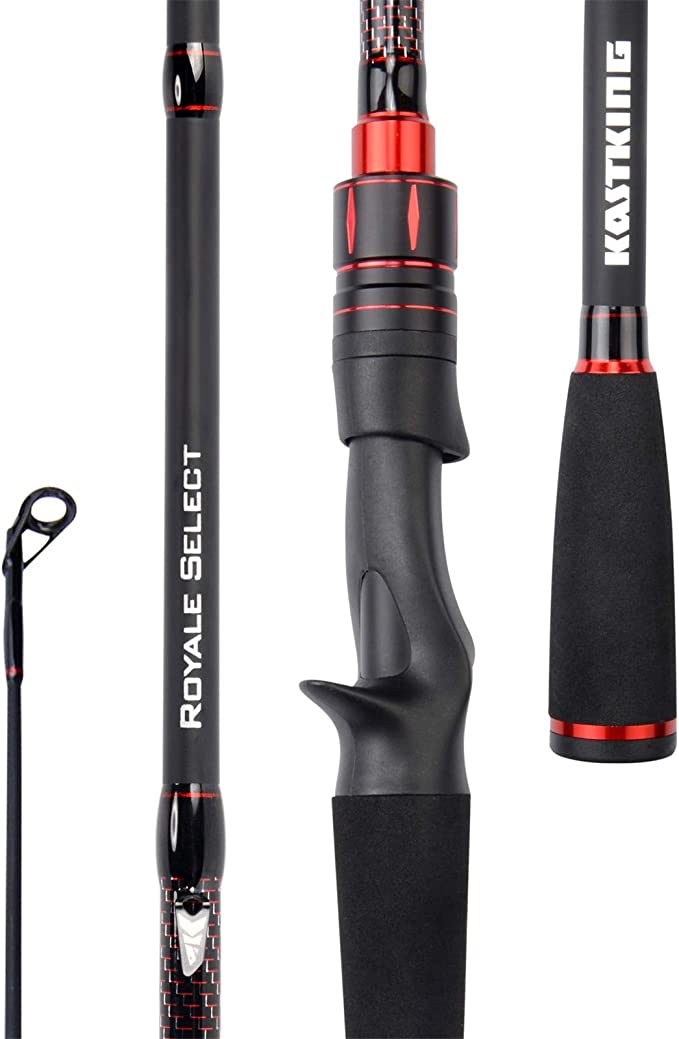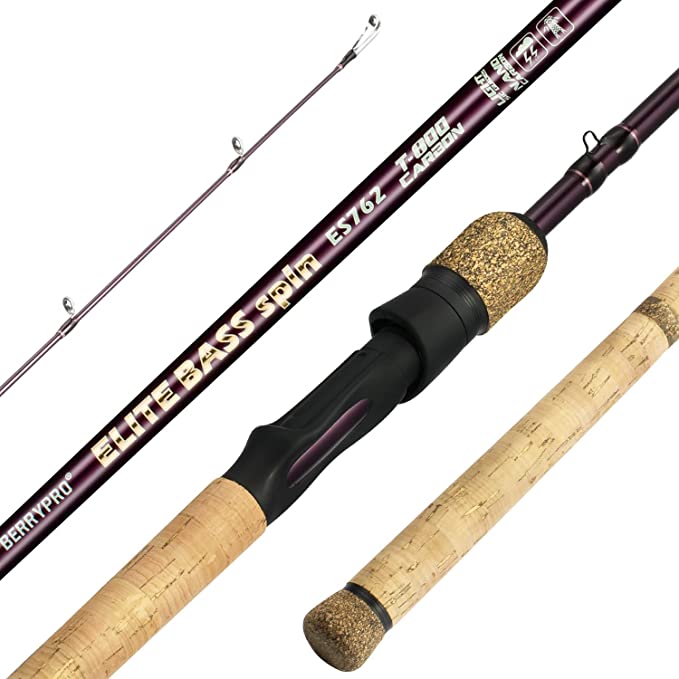WINNERWELL Woodlander Double-View Large Tent Stove: Embrace the Warmth of Innovation
Update on June 13, 2025, 10:49 a.m.
There is a covenant between humanity and fire, stretching back to the dawn of our consciousness. We are drawn to its light, its heat, its hypnotic dance. A campfire in the vast, silent dark is more than a tool for survival; it is a beacon of community, a ward against the unknown, a primal hearth that connects us to every ancestor who ever huddled against the cold. Yet, for all its comfort, we harbor a deep, instinctual respect for its untamed power. The central challenge of our existence in the wild has never been simply to create fire, but to master it.
For millennia, this mastery was a crude affair. We kept the flame at a distance, its warmth inefficiently radiating into the open air, its smoke a constant, stinging companion. The leap forward came with a simple, revolutionary idea: containment. From the central fire pits of Viking longhouses to Benjamin Franklin’s ingenious cast-iron stove, the goal has been the same: to bring the fire inside, to harness its energy with greater efficiency and safety. The modern portable tent stove, exemplified by designs like the WINNERWELL Woodlander Double-View Large Tent Stove, represents a remarkable pinnacle in this long journey. It is not merely a box for burning wood; it is a high-performance engine for warmth, born from a deep understanding of material science and the timeless physics of combustion.

The Anatomy of a Contained Star: A Lesson in Materials
To understand a modern tent stove is to first appreciate the vessel it is forged from. Its resilience begins at the molecular level.
The body of the Woodlander is crafted from Type 304 stainless steel. To a materials engineer, this designation is a statement of intent. It’s an austenitic steel alloy, typically composed of about 18% chromium and 8% nickel. This specific recipe is key to its legendary corrosion resistance. When exposed to oxygen, the chromium atoms on the surface form an incredibly thin, transparent, and tenacious layer of chromium oxide. This passive film is like a suit of microscopic, self-healing armor. If scratched or abraded, it instantly reforms, protecting the iron in the steel from the rust and decay that would plague a lesser material in a damp, challenging environment.
Then there are the windows—those captivating portals that transform a functional heater into a flickering hearth. These are not ordinary glass. They are a marvel of material science, likely a form of transparent ceramic or borosilicate glass. Their superpower is an exceptionally low coefficient of thermal expansion. In layman’s terms, when subjected to extreme and rapid temperature changes—like a blast of freezing rain hitting a red-hot stove—they expand and contract very little. This property is what prevents them from shattering under thermal shock that would instantly destroy a normal pane of glass, allowing us to safely gaze upon the fire within.

The Art of Breathing: Mastering the Science of Combustion
At its heart, a fire is a voracious, breathing thing. To control it, you must control its breath. The stove’s design is an exercise in sophisticated airflow management, designed to turn a chaotic blaze into a steady, controlled reaction.
The process starts in the 1500-cubic-inch firebox. This is the engine room. Its generous volume isn’t just for holding more wood; it’s about creating a stable environment for combustion, allowing for a larger fuel load that can sustain a consistent output of heat for hours.
The real art, however, lies in managing the flow of oxygen. Think of the stove’s airflow system like the carburetor on a classic engine. The adjustable vent on the door acts as the “choke,” setting the primary volume of air entering the system. But as discerning users have noted, the true mastery comes from the chimney damper. This is the “throttle.” It doesn’t control how much air comes in, but rather how quickly the hot exhaust gases get out.
This is a direct application of the “stack effect.” Hot air rises, creating a low-pressure zone in the firebox that pulls in fresh, oxygen-rich air. By partially closing the damper, you slow the exhaust, which in turn slows the intake of oxygen, leading to a longer, slower, more fuel-efficient burn. Open it up, and you increase the draft, pulling in more oxygen and creating a roaring, high-output fire.
This delicate balance is also the key to understanding two unwanted ghosts of any wood fire: soot and creosote. When a fire is choked of too much oxygen or fed with damp, resinous softwood like pine, it can’t achieve complete combustion. The result is unburnt carbon particles—soot—that coat the inside of the stove and the glass windows. More dangerously, if the smoke in the chimney cools below approximately 250°F (121°C), the unburnt gases condense into a flammable, tar-like substance called creosote. A clean, hot burn, managed skillfully with the damper, is the best defense against this hazardous buildup.

When Theory Meets the Trail: Engineering for Reality
A design on paper is one thing; its performance in the unforgiving laboratory of the outdoors is another. The real-world experiences of users highlight the fascinating interplay between physics and practical engineering.
Some users have reported slight warping of steel panels after intense burns. This is not necessarily a defect, but a visible manifestation of a fundamental law of physics: thermal expansion. When heated, metal expands. In a stove constructed from multiple panels heating at different rates, this creates immense internal forces known as thermal stress. For a portable stove, engineers must strike a difficult balance: the steel must be thick enough to be durable, but thin enough to keep the weight manageable (the Woodlander is 33.7 pounds). This slight deformation is often the physical evidence of that compromise—the steel bending, rather than breaking, under stress.
Similarly, reports of smoke occasionally whispering from a cooktop seam during a low burn are a lesson in the stack effect. A smoldering fire produces a cooler column of smoke in the chimney, resulting in a weaker draft. If the draft is not strong enough to overcome the internal pressure, the smoke will seek the path of least resistance. The solution isn’t a design flaw, but an operator’s technique: maintain a hot, active fire, especially during startup, to establish a powerful and unwavering draft.

The Operator’s Covenant: A Pact of Knowledge and Respect
To own a tool like this is to enter into a covenant. The stove provides warmth and comfort, and in return, it demands knowledge and respect from its operator. This pact is built on a foundation of safety.
The most solemn rule of this covenant is the unseen threat of Carbon Monoxide (CO). As a byproduct of incomplete combustion, this gas is colorless, odorless, and lethal. Any use of a wood stove inside any enclosed space—a tent, a yurt, a cabin—mandates two non-negotiable safety measures, as underscored by public health agencies like the CDC. First, constant, adequate ventilation. Second, a reliable, battery-operated CO detector. This is not a suggestion; it is a critical piece of life-saving equipment.
The covenant also includes the wisdom of choosing your fuel. Dense hardwoods like oak, maple, or birch contain more potential energy (BTUs) per pound and burn far more cleanly and for longer than resinous softwoods. Finally, it demands the ritual of maintenance. Regularly cleaning the chimney flue to prevent creosote buildup is not a chore; it is an act of respect for the power you command, ensuring that your stove operates as safely and efficiently as it was designed to.
In the end, a modern tent stove is more than the sum of its stainless steel parts. It is a tool that bridges the gap between our ancient past and our technological present. It allows us to sit in a warm, light-filled shelter, listening to the wind howl outside, and feel the same profound sense of security our ancestors felt before their own contained fires. By understanding the science etched into its very design—the resilience of its steel, the physics of its breath, the immutable laws of heat and chemistry—we transform ourselves from simple users into skilled operators. We become active participants in our own comfort and safety, forging a deeper, more meaningful connection with our gear, the wild, and the timeless, soulful flicker of the fire within.





























